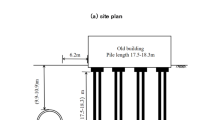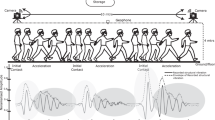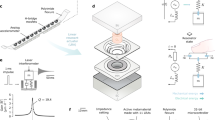Abstract
IT may interest those who wish to repeat Hertz's experiments on electro-magnetic radiation to know that many of these can be done very well by using a small Wimshurst machine in place of the usual induction coil and battery. The vibrator and resonator which we used were like those described in NATURE (vol. xxxix. p. 548), and the Wimshurst machine had two 12-inch plates (giving at most with the jars on a 4-inch spark). The wires from the vibrator, instead of being connected with an induction coil, were connected with the two outer coatings of the jars of the machine. The machine spark-gap and the vibrator spark-gap should be so adjusted that when a spark occurs at the former one also occurs at the latter. With the apparatus described we got good results when the spark-gaps were 38 mm. and 3 mm. respectively. The outer coatings of the jars are only connected together by the wood of the machine, but it is sometimes an advantage to put a few inches of damp string between the balls of the vibrator.
This is a preview of subscription content, access via your institution
Access options
Subscribe to this journal
Receive 51 print issues and online access
$199.00 per year
only $3.90 per issue
Buy this article
- Purchase on SpringerLink
- Instant access to full article PDF
Prices may be subject to local taxes which are calculated during checkout
Similar content being viewed by others
Rights and permissions
About this article
Cite this article
GARRETT, T., LUCAS, W. Wimshurst Machine and Hertz's Vibrator. Nature 41, 515 (1890). https://doi.org/10.1038/041515c0
Issue date:
DOI: https://doi.org/10.1038/041515c0



